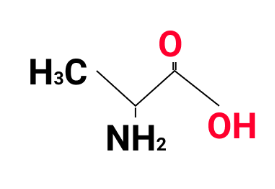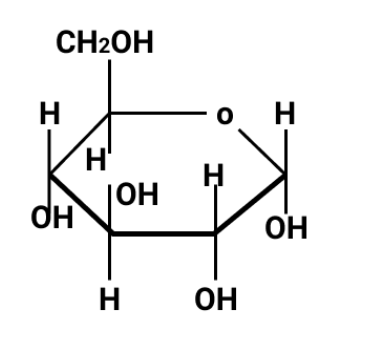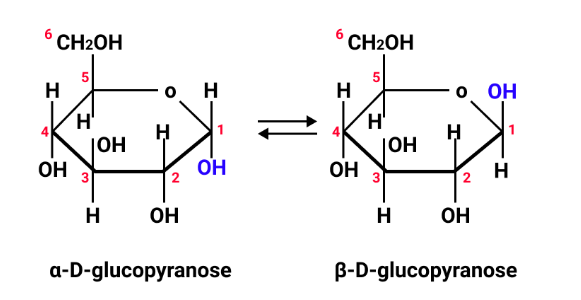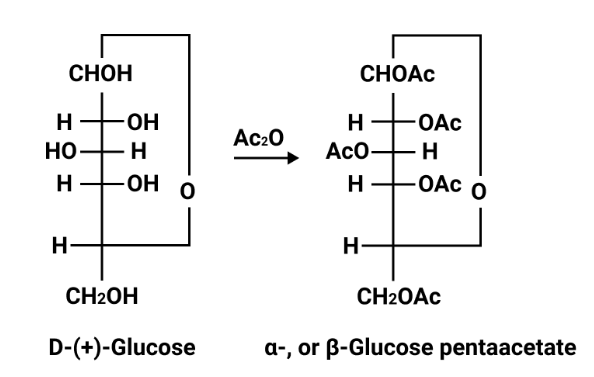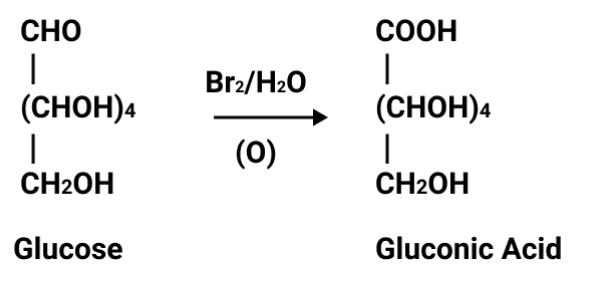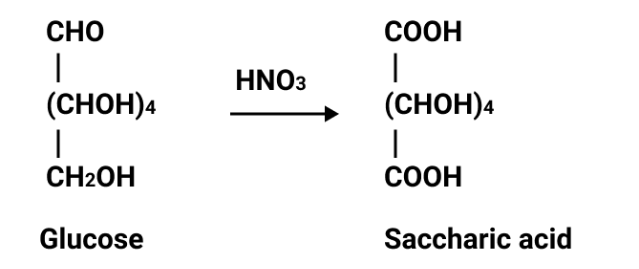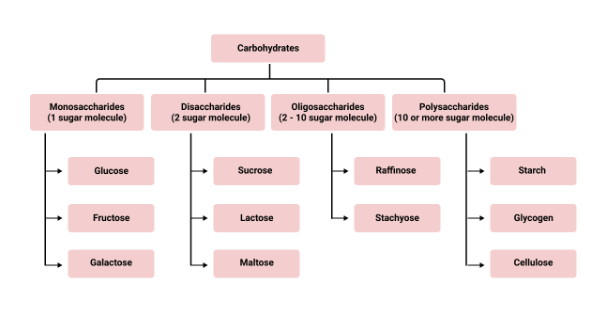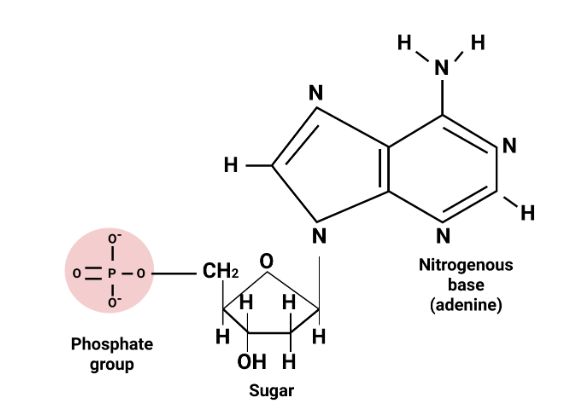CBSE Class 12 Chemistry Chapter-10 Important Questions - Free PDF Download






FAQs on Important Questions for CBSE Class 12 Chemistry Chapter 10 - Biomolecules 2024-25
1. What are the expected products of hydrolysis of lactose?
When sugar is reacted with water, it breaks down into simpler products. This process is called hydrolysis. Lactose is a sugar made up of two monosaccharides namely, glucose and galactose. This glucose and galactose are linked to each other with glycosidic bonds. But when lactose is reacted with water under the process of hydrolysis, the glycosidic bond breaks down and lactose gets converted into glucose and galactose. And therefore the products of hydrolysis of lactose are glucose and galactose.
2. What are the products of hydrolysis of sucrose?
Hydrolysis is referred to as the breakdown of the sugar when reacted with water. Sucrose is a disaccharide that is formed of two monosaccharides which are glucose and fructose. Glucose and fructose in sucrose are connected with glycosidic bonds. Therefore, when sucrose is reacted with water in hydrolysis, the glycosidic bond between the glucose and fructose breaks down and they get separated. Sucrose gets converted into glucose and fructose. Thus, the products that we get by the hydrolysis of sucrose is glucose and fructose.
3. Why are hormones important for our body?
Hormones are chemical molecules that are produced by the endocrine gland. These molecules help the cells and organs regulate certain activities. They are quite an essential part of the human body. It helps in keeping our body biologically balanced and active. Our body releases various hormones to stimulate various functions in our body. For example, insulin is a hormone that is released to control the escalating blood glucose level. Growth hormones help in the growth and development of our body.
4. How to prepare for Chapter 10 of Class 12 Chemistry for the board exam?
Chapter 10 'Biomolecules' of Class 12 Chemistry is an interesting as well as an important chapter. Not only boards, but this chapter is also quite essential if you are planning for any competitive exams as well. Refer NCERT book to get an overview of the chapter. Learn and understand the important definition and chemical reactions. Make short notes covering all the topics and revise them regularly. Practice the questions based on this chapter that has been frequently asked in recent years.
5. Where can I find high-quality NCERT Solutions for Chapter 10 of Class 12 Chemistry?
If you want to take the assistance of well-written and clearly explained solutions to write your answers, then you should look for NCERT Solutions at the online platform of Vedantu. You can also look for the solution in the Vedantu app too. These solutions are curated by the in-house expert team of tutors of Vedantu with years of experience. They understand the concepts well and have written the answer in a precise yet detailed manner after researching extensively. You can improve the quality of your answers by referring to these NCERT Solutions.























